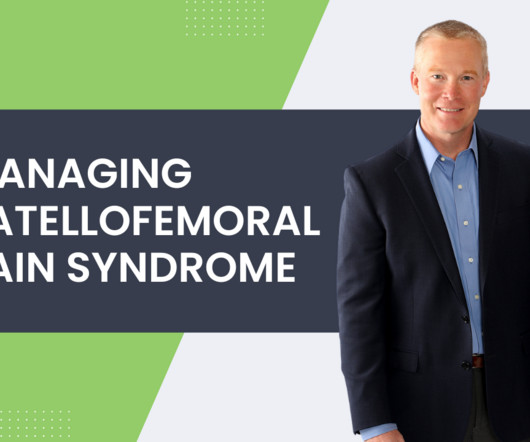Meralgia Paresthetica: A Commonly Overlooked Cause of Thigh Pain
ChiroUp
APRIL 10, 2025
The Three Most Essential Tests for Diagnosing Meralgia Paresthetica Recent evidence supports three simple yet powerful clinical tests for meralgia paresthetica diagnosis. 51) Differential Diagnosis Clinical Differentiator L2-L3 radiculopathy Lumbar symptoms, provoked by lumbar testing, possible motor or reflex loss. Harney D, Patijn J.













Let's personalize your content